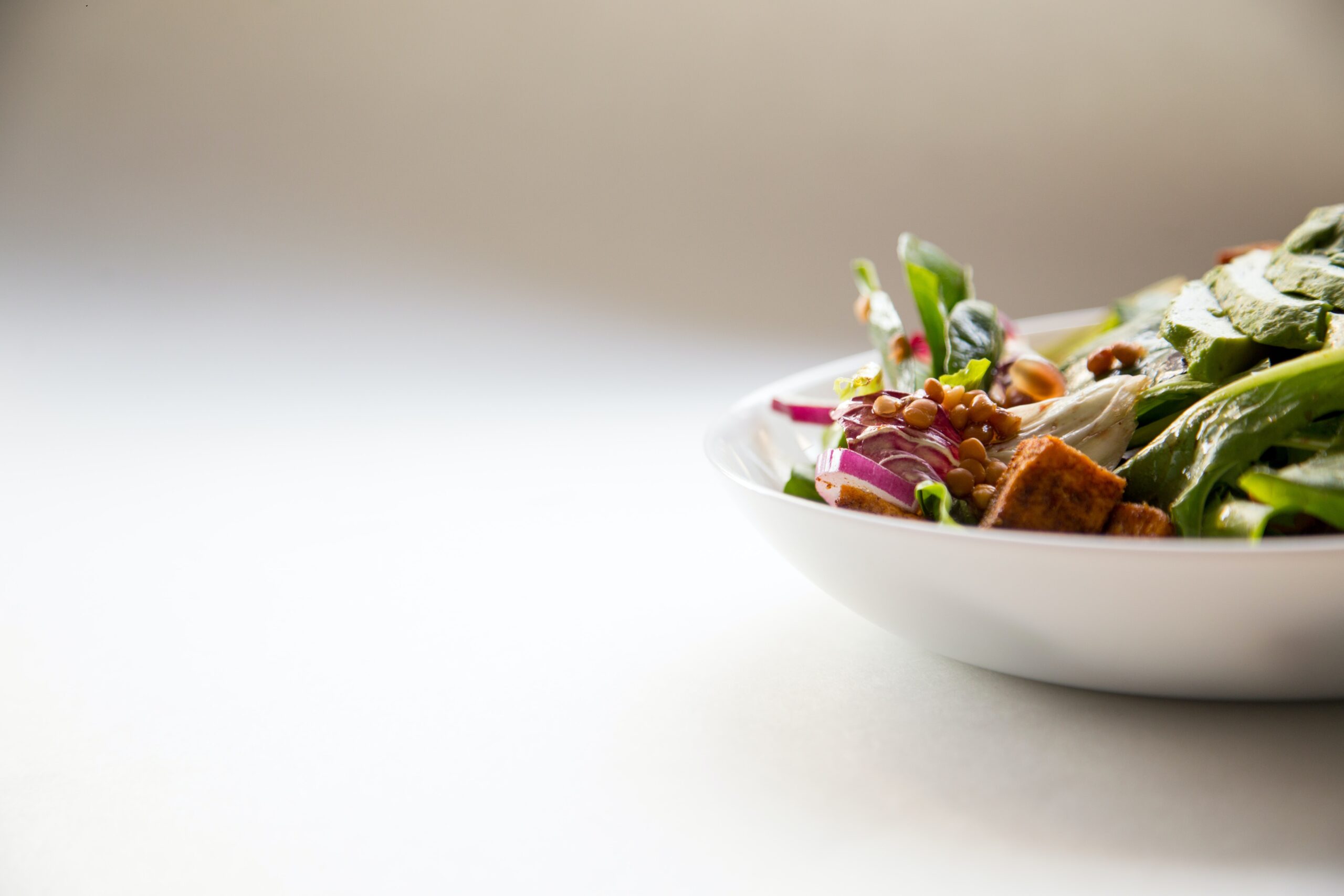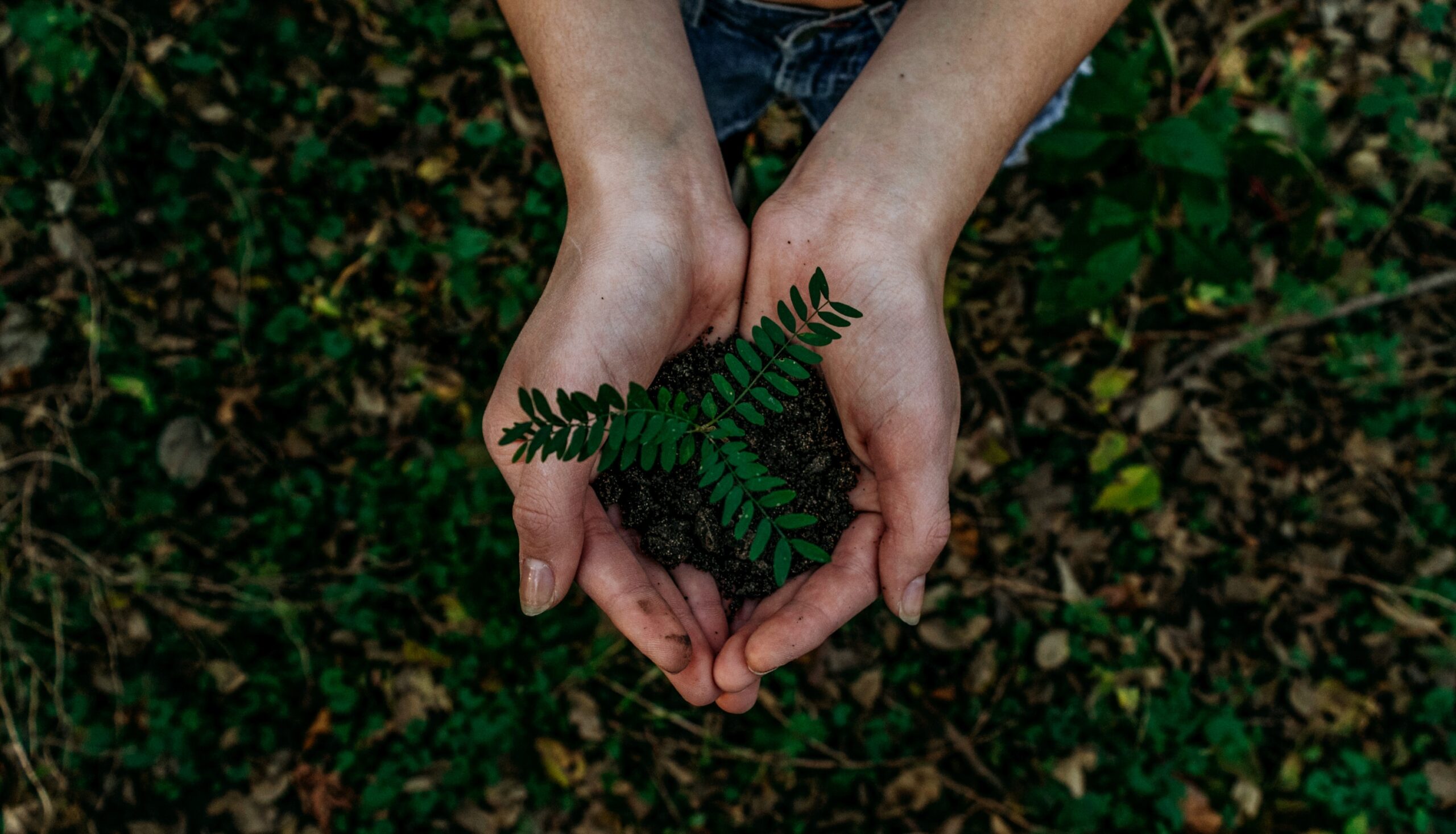This is one of my FAVORITE things to meal prep. The first time I had it my mom made it after my daughter was born. She made enough for us to eat then and freeze for after she left, and I ate on it for days. Maybe this is why my daughter is such a fan of black beans now! (I actually have no idea if what I eat influences the taste of breastmilk, but if so, she has been familiar with it from the start.)
Now, I make it most weeks so I can bring some to work, pack some for my daughter when she’s not with me, and leave some in the fridge for my husband to snack on. Everyone loves it. It is also my go-to meal to bring to someone else in need, just like freshly postpartum me. When a coworker of mine was diagnosed with cancer, this was one of the meals I brought to her.
It is good as a snack or a meal and it goes with a variety of other foods. Plus, it keeps well – you’ll note I mentioned freezing it. It even does fine for about a week in the fridge. Lastly, it doesn’t take long to make.
Just a heads up, this post contains some affiliate links.
Nutritional Benefits
On top of that, it has tons of different nutrients, making it a very healthy choice! This is a very colorful dish, so if you have ever heard people say “Eat the rainbow”, this is exactly what they mean. The reason for that is that different colors in natural foods usually indicate different nutrients. You will find this recipe to be particularly high in fiber and vitamins A and C, plus there are a number of compounds that support healthy blood sugar levels and feelings of fullness, which can be beneficial for weight management as well as limiting your risk of developing Type 2 Diabetes, which is on the rise in the US, and especially among younger people. I have detailed that out and more for each key ingredient below.

Black Beans
Black beans are a nutrient powerhouse! They hit two of my biggest nutrient goals – protein and fiber. One cup of cooked black beans has about 15 grams of protein, which is critical for overall bodily function, not just muscles. Protein is involved in tissue repair, muscle growth, hormone production, and immune system support, just as a start. It also helps people feel more satiated with their meal, helping to prevent overeating. Coincidentally, the same amount of beans has about 15 grams of fiber, too. Dietary fiber can help lower LDL cholesterol (“bad” cholesterol), aid in digestion, promote a feeling of fullness, and help regulate blood sugar levels.
Black beans also contain vitamins and minerals, such as folate, iron, magnesium, and potassium. Folate and iron are fairly well known at this point as being crucial for pregnant women to support fetal development, but the importance of each is not limited to pregnancy. Folate is involved in healthy cell division, and iron is vital for oxygen transport in the blood. Magnesium and potassium are electrolytes, and they play essential roles in nerve function, muscle contractions, as well as maintaining healthy blood pressure.

Corn
Corn is also rich in dietary fiber, which promotes healthy digestion and can help prevent constipation. The insoluble fiber in corn aids in moving waste through the digestive tract, supporting gut health, plus all of the same benefits mentioned above. Corn also contains essential vitamins and minerals, including vitamin C, vitamin B-complex (thiamin, niacin, and folate), and minerals like manganese and phosphorus. Vitamin C is an antioxidant that supports the immune system and skin health, while B-complex vitamins are vital for energy metabolism and nervous system function. Manganese and phosphorus are essential for bone health and energy production.

Red and Yellow Bell Peppers
Like corn, red and yellow bell peppers are rich in vitamin C which also helps the body absorb iron from plant-based sources, and plays a role in collagen production for healthy skin and joints. They are excellent sources of vitamin A, particularly in the form of beta-carotene, which is essential for maintaining healthy vision and is beneficial for the skin. Retinol, commonly used in anti-aging skincare, is actually a synthetic form of vitamin A. Additionally, red and yellow bell peppers provide a range of minerals like folate, which we already know the benefits of, and potassium, which is essential for heart health and maintaining proper fluid balance. They are also yet another good source of fiber.

Red Onion
Red onions are also a good source of fiber and are rich in antioxidants, particularly quercetin, which helps combat oxidative stress and inflammation in the body. Furthermore, red onions contain vitamins and minerals like vitamin C and chromium, which may also help improve insulin sensitivity.

Jalapeño
Jalapeños are yet another strong source of vitamin C, but what is more unique to them in this recipe is that they contain capsaicin, the compound responsible for their spicy heat. Capsaicin has been linked to various health benefits, such as boosting metabolism and aiding in weight management. It may also have anti-inflammatory properties and contribute to pain relief in certain conditions.

Cilantro
Cilantro is an herb that not only adds flavor to dishes but also offers a range of nutritional benefits. It is a rich source of antioxidants, such as quercetin, kaempferol, and beta-carotene. These antioxidants help combat oxidative stress and inflammation in the body, potentially reducing the risk of chronic diseases. It’s also packed with vitamins and minerals. These include vitamin K, which is crucial for blood clotting and bone health, and vitamins A, C, and E, which support immune function and skin health. Cilantro is also a good source of minerals like potassium, calcium, and magnesium, which play essential roles in maintaining proper nerve function, muscle contractions, and bone strength.

Olive Oil
Olive oil has numerous nutritional benefits; it is primarily made up of monounsaturated fats, which may help reduce LDL (“bad”) cholesterol levels while promoting HDL (“good”) cholesterol. It is also anti-inflammatory due to the high content of antioxidants it contains, such as vitamin E and polyphenols. Additionally, olive oil contains vitamin K, which is essential for blood clotting, and small amounts of vitamin A and iron.

Apple Cider Vinegar
Apple cider vinegar is believed to have several potential nutritional benefits. It contains acetic acid, which may help improve digestion by promoting the growth of beneficial gut bacteria and supporting stomach acid production. Some studies suggest that it may also aid in weight management by increasing feelings of fullness and reducing the glycemic response to meals. Additionally, ACV may help manage blood sugar levels and improve insulin sensitivity. This is not as well-researched as the nutrients in the whole food ingredients above, but it is still worth noting these potential benefits!
Black Bean and Corn Salad
Ingredients
- (4) 16 oz cans of black beans
- (1) 15 oz bag of frozen corn
- (1) red bell pepper
- (1) yellow bell pepper
- (1) red onion
- (1) whole jalapeño (optional)
- (3) Tbsp balsamic vinegar
- (3) Tbsp apple cider vinegar
- (2) Tbsp orange juice
- (2) Tbsp olive oil
- (1/2) tsp cumin
- (1/2) bunch of cilantro
- salt and pepper to taste
Directions
- Drain and rinse all cans of black beans; transfer to a large bowl and add frozen corn to the bowl.
- Dice red onion, red pepper, yellow pepper, and jalapeño (if using) to approximately the same size as the beans or corn kernels; add to bowl.
- In a separate bowl, mix both kinds of vinegar, orange juice, olive oil, and cumin; whisk together.
- Pour dressing over salad mix and stir thoroughly.
- Chop cilantro and add to salad mix; add salt and pepper and stir thoroughly.
If you are using this for meal prep, now would be the time to grab your canning jars to portion everything out! I like the 8 oz jars to pack as a snack or as a main feature for my one-year-old, or I will use the wide-mouth 16 oz jars if it is meant to be a main feature for myself. And I swear by these stainless steel lids, which are much better for reusability (but not for canning)!







2 responses to “Easy Black Beans and Corn Salad You Can Make Today!”
[…] Make any of these healthy 15-minute lunches or my favorite Black Beans and Corn Salad […]
[…] try to boost my dietary fiber at every opportunity. One of my favorite ways is to meal prep with my Black Beans and Corn Salad. Occasionally, I will also take capsules of Glucomannan to boost fiber even further and help me […]